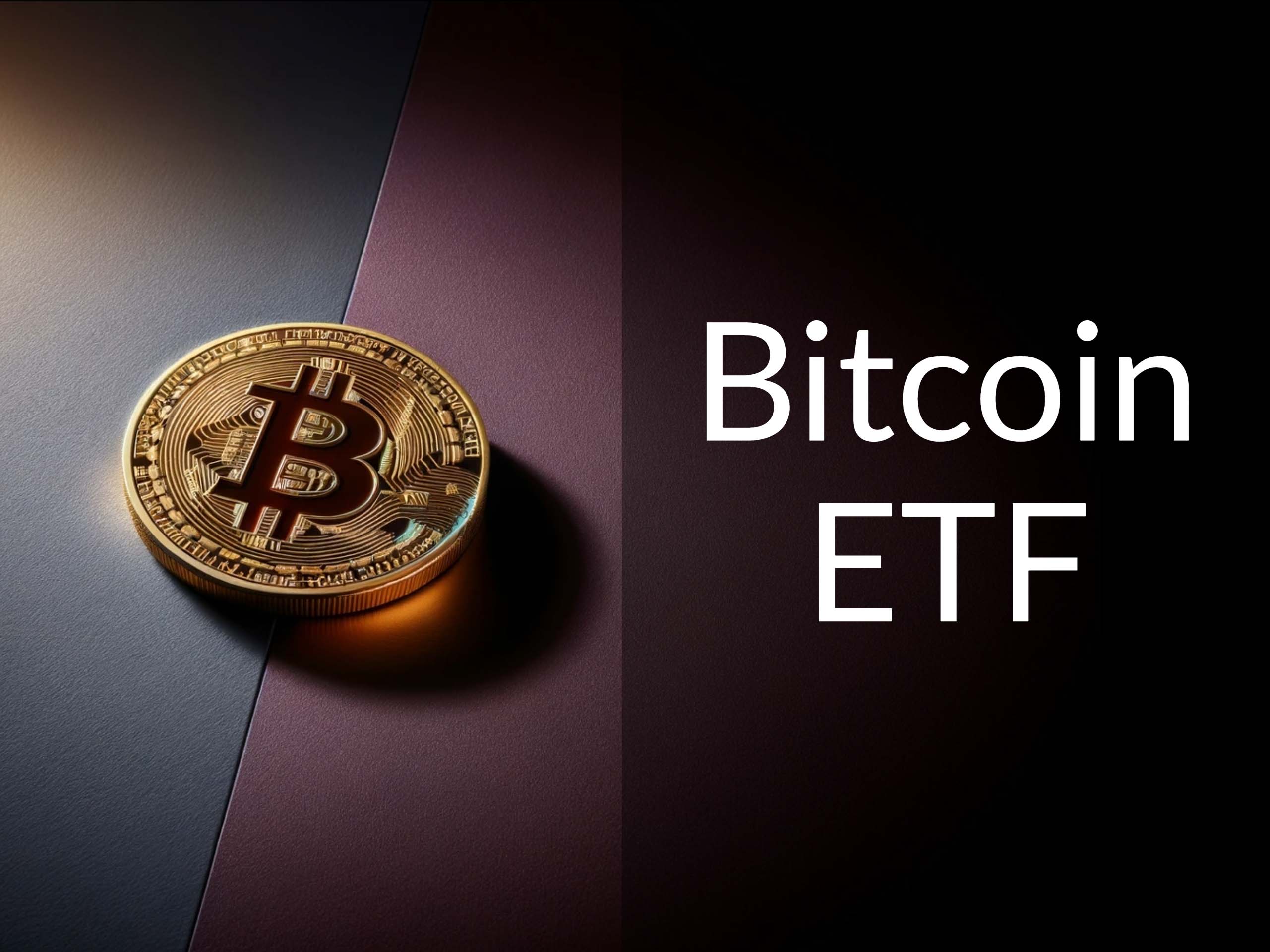We explore reasons for buying Bitcoin using one of the new Bitcoin ETFs. We also consider the risks.

Topics covered include:
- Why the SEC finally decided to approve spot Bitcoin ETFs
- What are the fees and structure of these new Bitcoin ETFs
- How Bitcoin is similar and different from the fiat money system
- Where Bitcoin fits in an investment portfolio
Show Notes
Statement on the Approval of Spot Bitcoin Exchange-Traded Products by Chair Gary Gensler—SEC
Coinbase at the Center of Bitcoin ETF Draws Envy and Risks by Yueqi Yang and Olga Kharif—Bloomberg
Federal Reserve Balance Sheet: Factors Affecting Reserve Balances – H.4.1—US Federal Reserve
Episode Sponsors
Long Angle is a private community of 2,500 very high net worth investors who leverage their collective expertise and scale to access and underwrite some of the world’s best alternative asset investments. Learn more here.
NetSuite – Get your free KPI checklist
Related Episodes
362: Should You Invest in a Bitcoin ETF?
355: Which Money Is Crazier: The U.S. Dollar or Bitcoin?
Transcript
Welcome to Money for the Rest of Us. This is a personal finance show on money, how it works, how to invest it, and how to live without worrying about it. I’m your host, David Stein. Today is episode 462. It’s titled “Now Should You Buy Bitcoin?”
The Problem with Futures-based ETFs
In October 2021, over two years ago, we released episode 362, “Should You Invest in a Bitcoin ETF?” It was right after the US Securities and Exchange Commission had allowed the first Bitcoin ETFs to trade in the US. Except these Bitcoin ETFs didn’t hold Bitcoin. They invested in Bitcoin futures contracts. For example, the ProShares Bitcoin Strategy ETF (BITO). That Bitcoin ETF attracted a lot of assets, over $2 billion, even though the expense ratio is 0.95%.
In the conclusion of that episode, I said “Bottom line, don’t buy these new US-based Bitcoin futures ETFs. They will lag Bitcoin. If you want to speculate in Bitcoin, learn how to buy Bitcoin on an exchange like Coinbase, and move those assets into cold storage, into a wallet. Go ahead and go through the hassle of buying Bitcoin, so you can understand the asset.”
The reason why I was negative on Bitcoin ETFs that invested in Bitcoin futures contracts is because of how futures work. Even in the prospectus of the ProShares Bitcoin ETF, it talks about when rolling futures contracts—and by rolling, one futures contract expires, and then they buy a forward futures contract that expires the next month, or the month after.
And the price of these futures contracts are based on what speculators expect the price of the underlying asset to be; in this case, Bitcoin. But the problem is oftentimes, and especially with Bitcoin, the future expectation of Bitcoin’s price is higher than today, and so the futures curve is upward-sloping, with the current price being this level, and the futures price being higher than that. And then, when the futures contracts mature, the ETF goes out and buys a futures contract at a higher price. And that drags down performance; it’s called negative roll yield. And that’s exactly what happened.
Back in October 2021, when the ProShares Bitcoin ETF was launched, Bitcoin was trading at $61,548. As of yesterday, January 15th, 2024, Bitcoin’s price was $42,152. That’s about a 32% decline in Bitcoin on a cumulative basis. How did the ProShares Bitcoin ETF do? Its total loss was 39%, partly because of the 0.9% expense ratio, but mostly because of this negative roll yield, this rolling over of futures contracts in a situation where the futures curve is upward-sloping.
The SEC Decision to Approve the New Spot Bitcoin ETFs
Now, we have a different way to invest in a Bitcoin ETF. Last week, the US Securities and Exchange Commission approved the listing and trading of a number of spot Bitcoin exchange-traded products. By spot, they actually own Bitcoin.
In the statement that accompanied this announcement, SEC chair Gary Gensler pointed out that the SEC had denied 20 filings for Bitcoin ETFs from 2018 through March 2023. The SEC and Gensler in particular was very against Bitcoin-based ETFs, spot ETFs. One of those applications though was the Grayscale Bitcoin Trust, which has a trust that owns Bitcoin, GPTC.
But the problem with the trust is it can sell at a premium or discount to its net asset value; the market price can differ from the underlying net asset value. There isn’t really a mechanism to close that. And so Grayscale wanted to convert their trust into an ETF so that authorized participants and market makers could work with Grayscale to redeem and create new shares, and make sure that the price of the ETF was close to the net asset value.
As a Money For the Rest of Us Plus member, you are able to listen to the podcast in an ad-free format and have access to the written transcript for each week’s episode. For listeners with hearing or other impairments that would like access to transcripts please send an email to team@moneyfortherestofus.com Learn More About Plus Membership »
